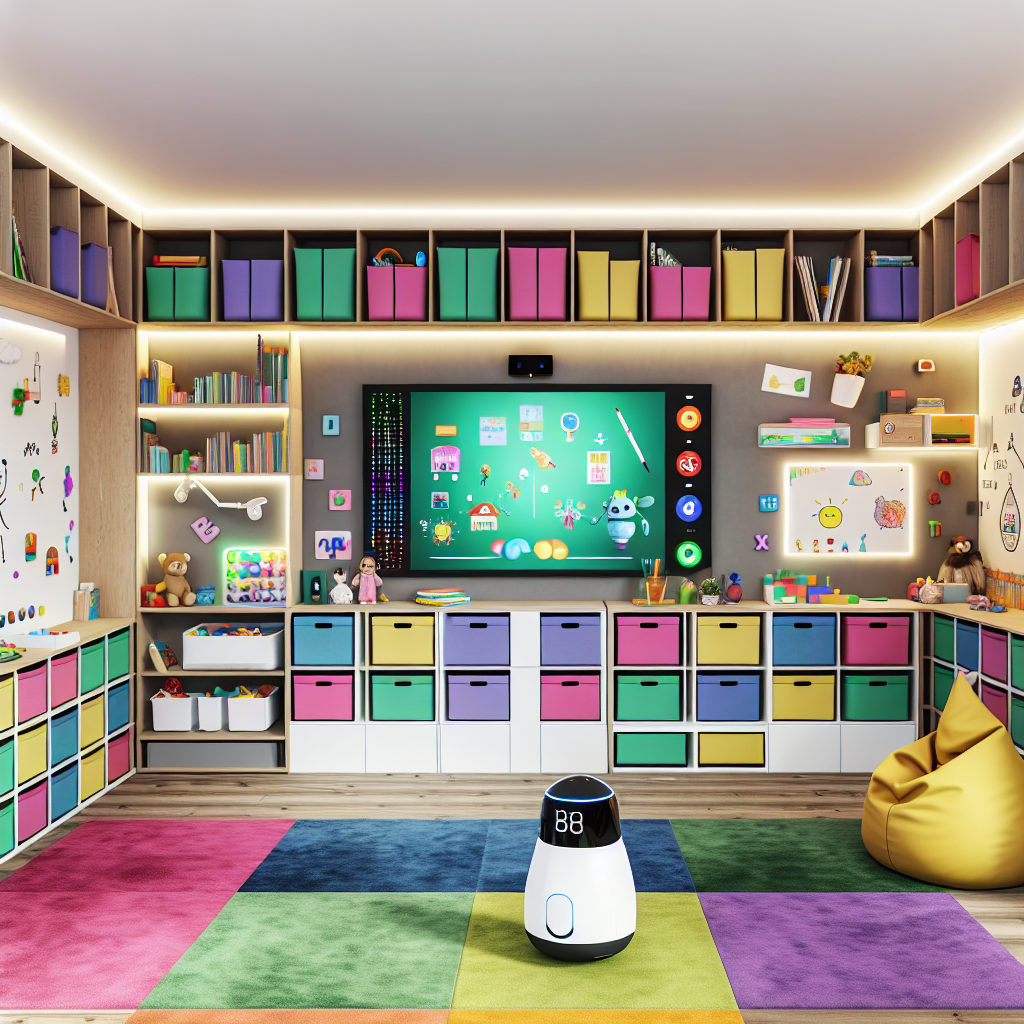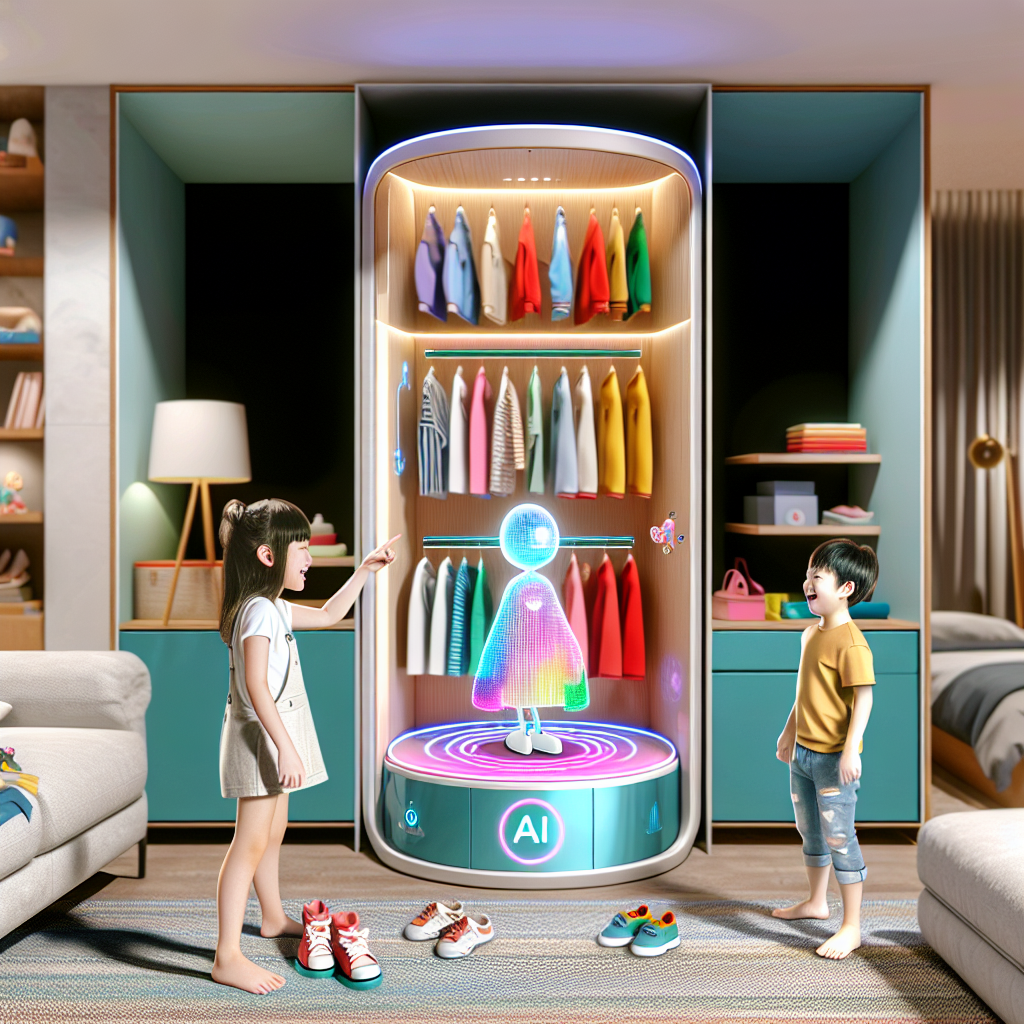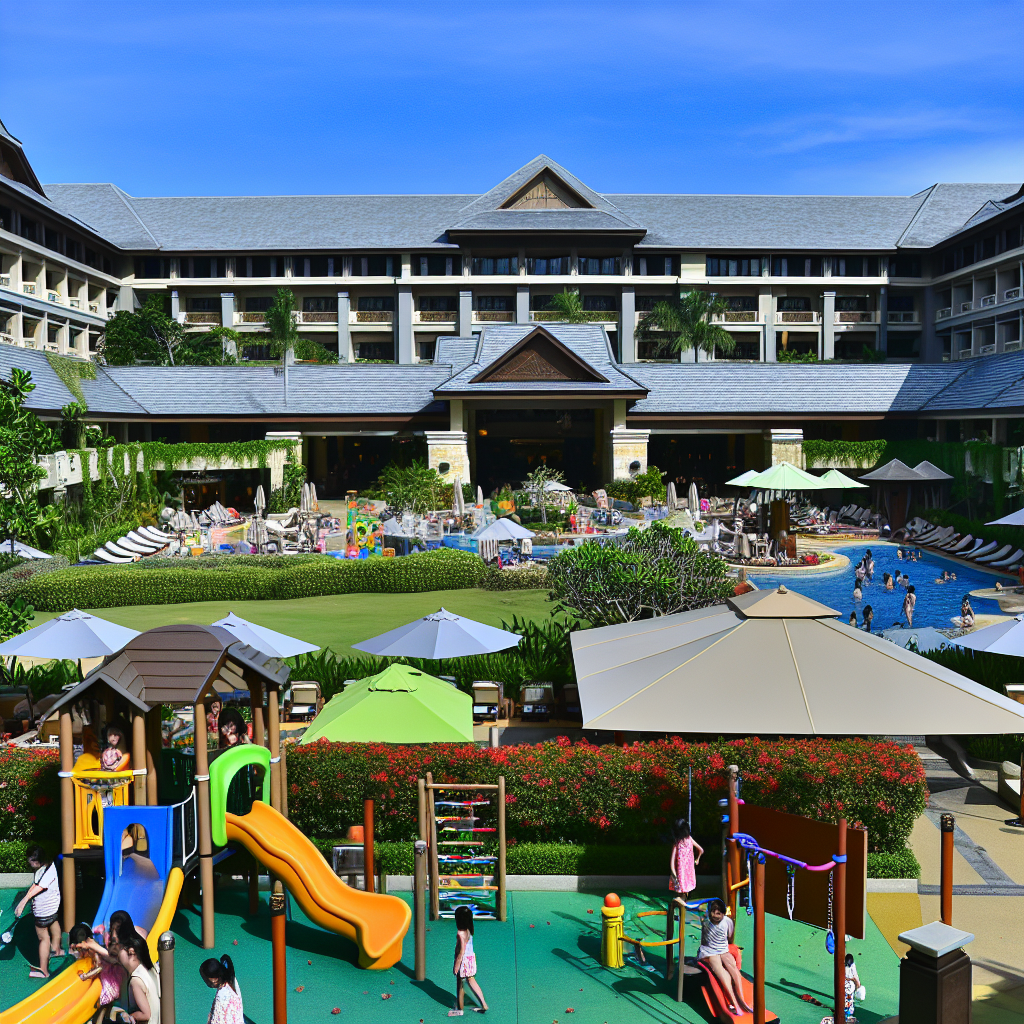Custom Playroom Design with Smart Technology
Introduction
In today’s rapidly evolving digital age, modern parenting goes beyond providing traditional essentials like nutrition, safety, and education. It’s now about cultivating an enriched, nurturing environment where smart technology and luxury meet to support a child’s holistic growth. For high-net-worth families, the rise of the custom playroom designed with smart technology is setting a new standard in home innovation.
A modern luxury playroom design does more than deliver visual beauty; it creates immersive, responsive experiences that promote imaginative play, physical activity, and emotional well-being. These spaces are designed to grow and adapt with children through various stages of development, often functioning as a tool for cognitive training, creative expression, and social interaction.
Imagine a room that knows your child—it senses their mood and adjusts lighting and temperature accordingly. An AI-assisted environment can suggest games and activities tailored to your child’s developmental needs, change themes based on their interests, and ensure educational play is also engaging. LED panels can transform walls into interactive canvases, allowing for touch-sensitive learning and storytelling. Sound systems embedded in ceilings can read stories aloud, while smart tables host digital puzzles that adjust in difficulty. The result is not only a high-tech playground—it’s also an intelligent educational ecosystem.
This transformation isn’t just novel—it’s grounded in desire for efficiency, personalized comfort, and forward-thinking parenting. With features like biometric entry, motion-sensing floors, voice-controlled tutoring assistants, and programmable sensory environments, these playrooms offer the ultimate in child development and security. The playroom becomes both haven and hub—a safe space for learning, growing, and making memories.
The fusion of child-centric design and smart home innovation is redefining parenting goals and architectural standards. From AI-integrated learning platforms to augmented reality (AR) walls, the world of high-tech family living has arrived—balancing creative engagement with proven developmental benefit.
Features and Applicable Professional or Medical Studies
Smart playrooms don’t exist solely as stylish tech statements—they are supported by science and built around enhancing the way children think, feel, and move. According to the Harvard Center on the Developing Child, responsive, interactive environments are critical to optimal early brain development. Smart playrooms provide this enriched atmosphere, offering stimuli that adapt to a child’s behavior and feedback.
One foundational concept used in these environments is scaffolded learning, derived from the developmental psychology of Lev Vygotsky. Smart toys and tools help children operate within their zone of proximal development—the range where they learn most effectively with supportive challenges. Via built-in AI, smart educational elements recognize when a child begins to master a skill and subtly introduce new, slightly more complex variations. This ensures that play always involves purpose-driven progression.
A Stanford University study underscores how intentionally structured digital interactions can accelerate language development and problem-solving. In a smart playroom, AR reading walls do more than display text—they animate stories using voice, gestures, and vibrant, touch-sensitive visuals. These immersive reading zones significantly improve story comprehension and retention by involving all senses in the learning journey.
For physical health, intelligent play spaces often include interactive movement zones with sensors and AI feedback. Wearables and smart flooring can encourage agility, balance exercises, and motion-based games. A clinical study in Pediatrics shows that active tech play environments lead to improved gross motor development, better balance, coordination, and cardiovascular outcomes.
Emotional health is enhanced with adaptive lighting, environmental sensors, and empathic AI. Systems based on findings from the Child Mind Institute and the National Sleep Foundation can adjust environmental tones to reduce stress, aid bedtime routines, or support better mood regulation. For example, expressions and vocal cues are monitored discreetly to detect signs of emotional fatigue or agitation.
Equally transformative is the inclusion of accessibility-boosting technology. Voice command modules, sensory-adjusted lighting, augmented visuals, and speech-to-text systems ensure that children with different cognitive and physical abilities experience play on equal footing. As inclusion becomes a hallmark of modern design, these spaces reflect the importance of diversity and empathy in development.
Ultimately, these environments reflect a harmonious blend of luxury, data-backed functionality, and thoughtful parenting. By leveraging scientifically sound principles, smart playrooms become tools not only of entertainment and beauty but of meaningful, developmental impact.
Conclusion
Crafting a custom playroom with smart technology is more than a status symbol—it’s a strategic investment in your child’s emotional, cognitive, and physical well-being. When bespoke design meets intelligent automation, families are gifted with a future-ready space that adapts to every stage of childhood. These rooms are not just about play but about enriching life experiences, academic readiness, and well-rounded growth. As educational trends and tools continue to evolve, so too must the environments we provide. The custom smart playroom is redefining parenting in the 21st century—where every light switch, every sound, and every surface is designed with purpose and powered by connection.
References
- Harvard Center on the Developing Child – Brain Architecture
- Child Mind Institute – Technology and the Developing Brain
- Vygotsky, L.S. (1978). Mind in Society: The Development of Higher Psychological Processes
- Pediatrics Journal – Active Play and Physical Development in Young Children
- Stanford University – Using Technology to Improve Learning in Young Children
- National Sleep Foundation – Lighting and Circadian Rhythms

Dominic E. is a passionate filmmaker navigating the exciting intersection of art and science. By day, he delves into the complexities of the human body as a full-time medical writer, meticulously translating intricate medical concepts into accessible and engaging narratives. By night, he explores the boundless realm of cinematic storytelling, crafting narratives that evoke emotion and challenge perspectives. Film Student and Full-time Medical Writer for ContentVendor.com




